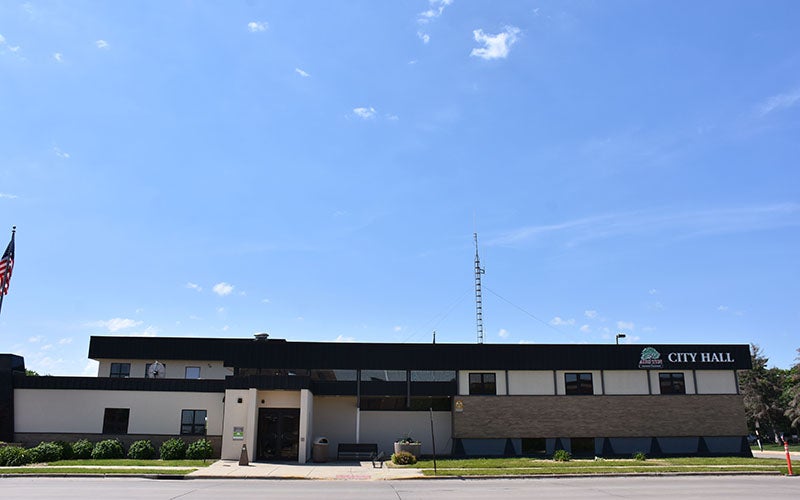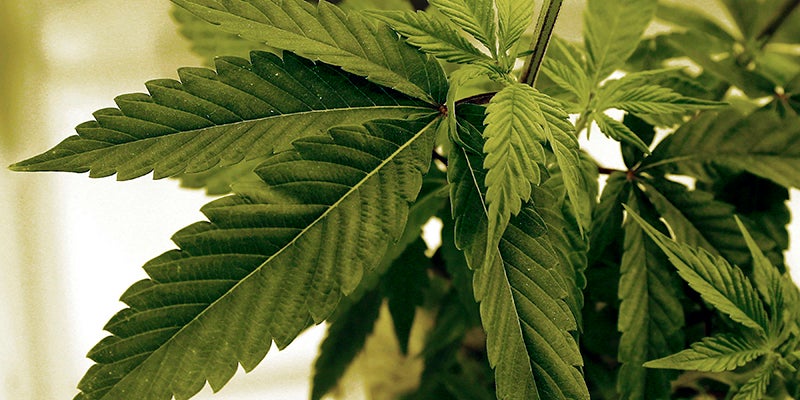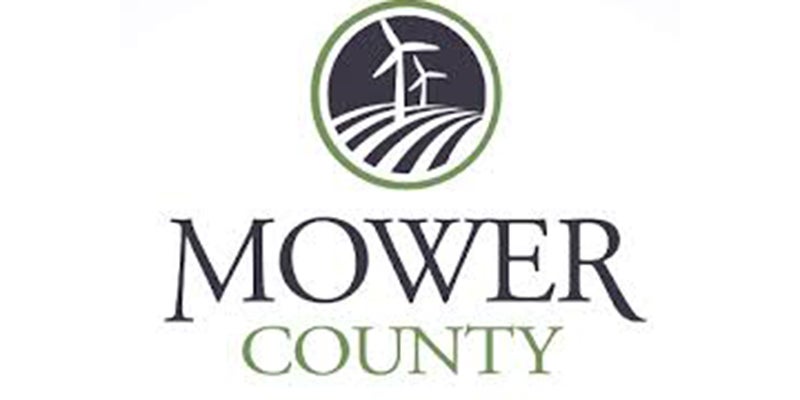Austin sewer rates in 2018 to climb 25 percent; City facing $55M in improvements to collection, wastewater systems
Published 8:48 am Wednesday, November 22, 2017
Austin’s sewer rates will increase 25 percent in 2018, whose proceeds will help fund a sweeping $55 million plan to upgrade the city’s sewer collection system and the wastewater treatment plant.
The City Council during a Monday work session approved the increase, as well as an inflow and infiltration implementation plan — a plan that will include inspections of 9,000 residences — and upgrades to the wastewater treatment plant.
The initial rate increase will be followed by a 7 percent increase each year following. The balance of costs will be paid through a bond, existing funds and grants.
This year, the average residence is being charged about $28 a month for the service, and that cost will be increased to about $35 a month in 2018, according to documents prepared by public works director Steven Lang.
Currently, Austin’s rates sit on the low side of sewer charges in Minnesota, and are comparable to area cities such as Albert Lea ($32.50), Faribault ($30.88), and Owatonna ($27.57). Much of the increase is due to requirements handed down by the Minnesota Pollution Control Agency.

The priciest of the treatment plant upgrades includes $12 million for a nitrification building, scheduled to be built in 2020; $7 million for high rate filters, estimated for repair and replacement in 2019; and $6 million improvements to the industrial facility, which needs upgrades to meet current fire codes and for more efficient digester heating, which are now overloaded. That construction is scheduled for 2022.
Other upgrades at the plant include clarifier upgrades, sludge storage, phosphorus reduction, upgrades for standby power to the industrial plant, a force main replacement on Hope Street lift station to the treatment plant; and the building of a chemical addition process to increase needed alkalinity at the lift station.
Much of the work at the treatment plant is due to age, Lang said after the meeting, in addition to the limits placed by the MPCA. The earliest parts were built in the 1920s and 1930s, and has been added onto over the years.
“A lot of these plants got replaced in the 1980s.” he said. “Austin’s wasn’t replaced, because it was in very good shape.”
The structure for the rate increase adopted was one of four options presented to the council. The option adopted was the one that would leave the city with the most comfortable cash balance for the future, Lang said.
The inflow and infiltration plan, or I/ I for short, addresses the infiltration of excess ground water during high rainfall events. That water, said Lang, enters the sewer system from cracks I the sewer mains and manholes, and from residential sump pumps, seepage collection systems (also known as beaver drains), defective service connections and roof drains.
The result is water overload at the treatment plant that has to handle and treat the excess – costly measures borne by rate payers, said Lang.
The project, which will both public and private systems, is broad in scope. It will cover 120 miles of sewer lines and 2,500 manholes with inspections of public sanitary sewer collection system.
Televised inspection of the sanitary sewer will be used, and manhole inspection and smoke testing will also be part of the process.
There will be inspections of sump pump and beaver drain inspections at an estimated 9,000 homes and 500 businesses. This part of the project will include updates through council sessions and public workshops. Costs for repair will be borne by the homeowner. Homeowners will be penalized, Lang said, if the repairs are not made within a certain compliance period.
The information gained from the project will be funneled to a GIS format that will provide a base mapping of the city’s sanitary sewer system.
Council members wondered about public reaction to such a sweeping plan. Lang suggested that homeowners who suspect an issue should be contacting a plumber to help evaluate a problem.
The project will cover six years, covering a section of the city each year. The southeast and the northeast are scheduled in 2018. Subsequent years will include the balance of the northeast (2019), south central and fairgrounds (2020), north central (2021), and southwest Turtle Creek and northwest (2022).





